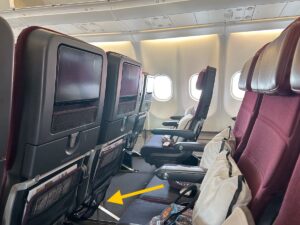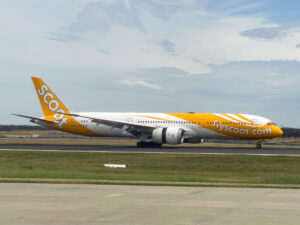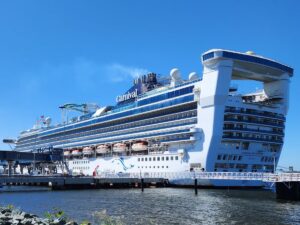
Have you ever been tempted to spend a bit more, choose a less desirable flight or even take unnecessary flights to reach a higher airline status tier? You’re not alone…
Frequent flyer programs are designed to increase your loyalty to a particular airline. Ever since the beginning, their purpose has also been to stop you choosing a lower airfare on another airline.
According to real-world data collected by researchers in the United states, frequent flyer programs are very successful at doing this – bringing billions in extra revenue for airlines in the process.
Last year, Orhun, Guo and Hagemann published an article in the Marketing Science Journal (Volume 41, Issue 3) called “Reaching for Gold: Frequent-Flyer Status Incentives and Moral Hazard”. As part of their research, they analysed real-world data provided by a major US airline of 3.5 million members who held elite status over a two-year period.
We already intuitively knew most of the findings. But this report is the first to empirically prove it using comprehensive real-world data analysis.
Among other things, the researchers studied how these members’ spending behaviours changed depending on how far they were from retaining their desired status level. Quite a lot, it turns out…
Frequent flyers will spend more when close to a status target
Following extensive analysis, the report found that a frequent flyer’s progress towards their desired status tier – relative to where they would need to be to be “on track” for that year – made a huge difference to their flight booking decisions.
As members approached the target pace for achieving status, they became increasingly less likely to choose another airline. This was even the case if that airline was offering a less appealing flight at a higher price.
“We find that loyalty program members on average show an 8% increase in price paid compared to others taking the same flight when they are close to the target pace [for reaching their desired status tier],” the article says.
“In addition, members’ increased willingness to forgo utility to fly with the airline resets when they transition from the end of one point-accumulation cycle to the beginning of another,” according to the article.
That’s why you’ll often see people planning last-minute status runs when their membership year is due to end soon.
“In sum, our results suggest that tiered status rewards are successful in creating significant incentives for travelers to forgo current utility in favor of booking with the airline.”
Frequent flyers need a (realistic) status goal to aim for
This effect wears off when frequent flyers are earning status credits at well above the pace required, or if they have already reached their status goal part-way through the year.
On the other end of the spectrum, if a member is well short of meeting the requirements to achieve status, they also become less likely to book with that airline than someone who’s earning within the “target range” for status.
This is why it’s so important for airlines to offer something for as many people as possible to aim for. For example, Qantas has a Platinum One tier and lifetime status, so people who’ve already reached Platinum status in a given year still have an incentive to continue flying Qantas.
It also means that an airline trying to attract business travellers without a frequent flyer program is probably missing out on a lot of revenue. This was the case for Ozjet, and it’s almost certainly still the case today.
Business travellers will spend more of their employer’s money to earn status
The article also found strong evidence that business travellers were willing to spend more to achieve status or loyalty benefits with their preferred airline when they weren’t paying for the flights themselves.
This is an economic concept known as “moral hazard”, where one actor is incentivised to take an action that benefits themself, to the detriment of whoever is footing the bill.
“If travelers had to pay out of pocket, our estimates suggest that companies would save at least 7% of their travel costs,” the report finds, because the passengers wouldn’t pay as much extra to fly with the airline where they’re trying to earn status.
However, the report also noted that many employers were aware of this and allowed it anyway, as companies viewed frequent flyer program perks as a reward that their employees deserved.
Is paying more for a worse flight always irrational, though?
On one hand, it’s irrational to spend more money on less desirable flights than would otherwise be available with other airlines. But this doesn’t account for the value of the status perks the flyer will get to enjoy later.
Many frequent flyers will tell you that the benefits of elite status – both tangible and intangible – generally outweigh the cost of achieving it. Airline status is valuable, so it actually can make rational sense to make sacrifices today in order to enjoy the perks of status tomorrow.
Indeed, this is something the report authors picked up on, calling the users of frequent flyer programs “sophisticated” in their decision-making.
Chasing status is not always rational. Before willingly spending extra money or time in order to achieve it, you should really consider whether the benefits you’ll receive in the future are worth the up-front investment. Otherwise, you could be spending a lot of unnecessary time and money just to get a shiny card.
Some regular Business and First Class flyers have weighed up that status is not worth it for them, and they’re very happy with that decision. But for others, status is well worth spending more to achieve.

















































































Community Comments
Loading new replies...
Join the full discussion at the Australian Frequent Flyer →